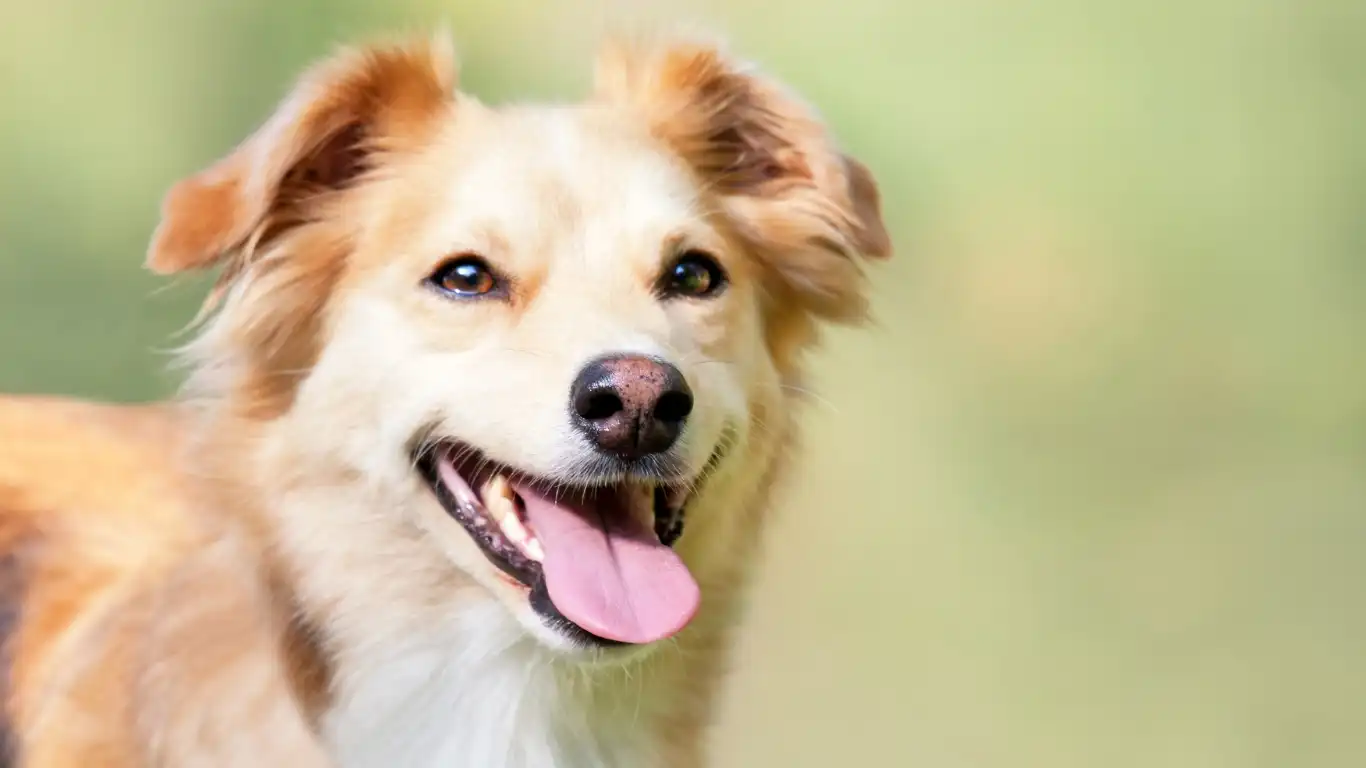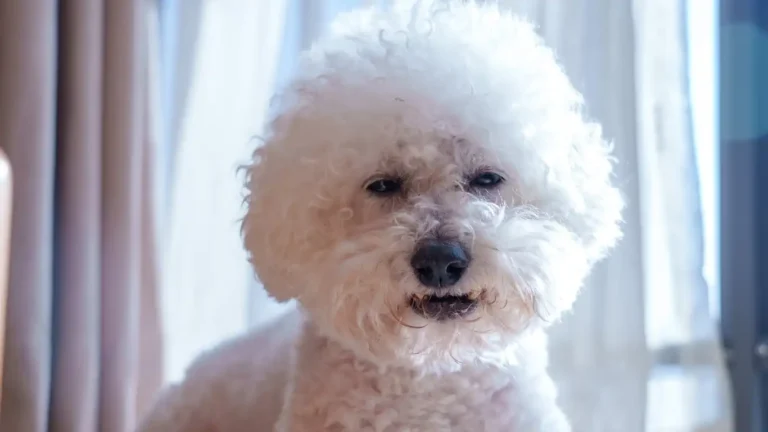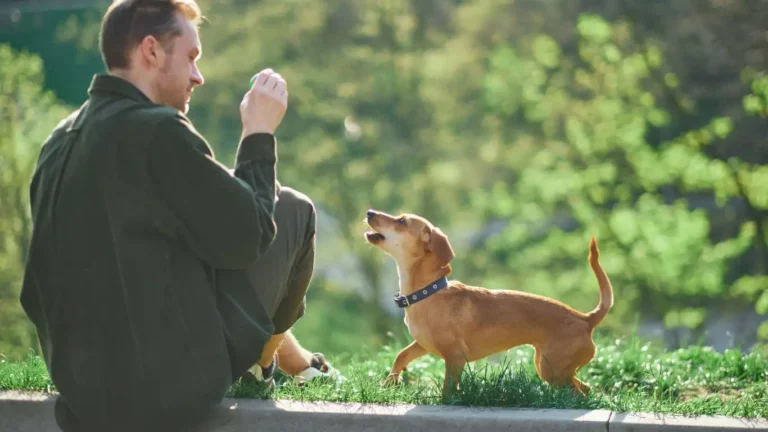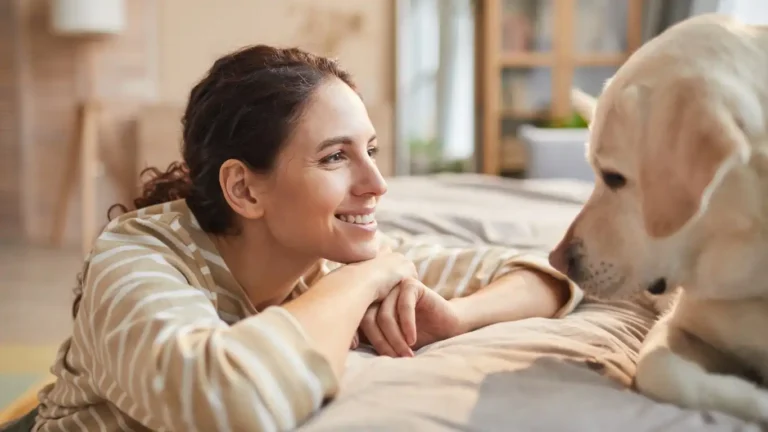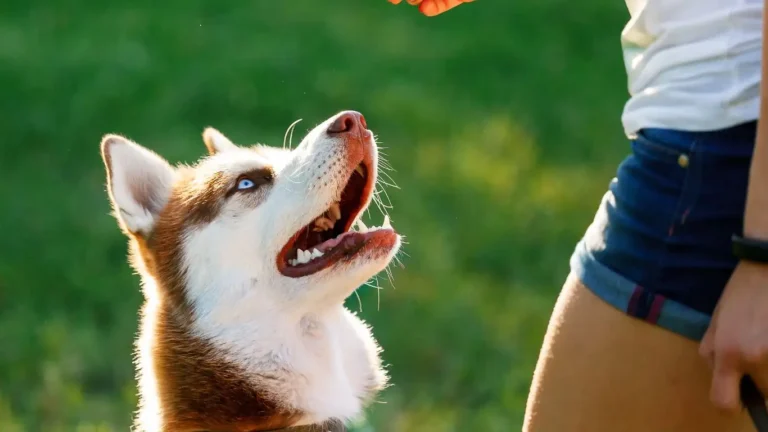Proven Ways to Calm an Anxious Dog During Vet Visits – No More Stress!
Taking your furry friend to the vet can feel like an emotional rollercoaster—for both of you. If your pup trembles at the sight of a carrier or hides at the mention of “vet visit,” you’re not alone. How to calm an anxious dog during vet visits is a common concern among pet parents, and as a Pet Nutritionist with years of hands-on experience in veterinary clinics, I’ve seen it all—dogs trembling, refusing to budge, or even attempting an escape act worthy of a magic show. So, let’s dive into some tried-and-true ways to help your pup stay calm and make those vet trips stress-free.
Why Do Dogs Get Anxious at the Vet?

Before we get into solutions, it helps to understand why your dog might be feeling uneasy at the vet. From my experience working with anxious pups in veterinary clinics, anxiety usually stems from one (or a combination) of these:
- Unfamiliar smells and sounds: Veterinary clinics are full of strange scents—antiseptics, other animals, and sometimes, even fear itself.
- Past negative experiences: If a previous visit involved pain (like vaccinations or an unpleasant procedure), your dog might associate the clinic with discomfort.
- Separation anxiety: Some dogs feel insecure when separated from their owners, even for a few minutes.
- Sensitive temperament: Just like people, some dogs are naturally more nervous than others.
- Lack of socialization: If your pup hasn’t been exposed to different environments, new places can feel overwhelming.
Now that we know why your dog may be anxious, let’s explore practical ways to make their vet visit smoother.
Signs Your Dog is Stressed at the Vet

Dogs don’t always show fear the way we expect. Sometimes, the signs are subtle. Here are a few clues that your dog might be feeling uneasy:
- Whining or barking: Vocalizing is a way for dogs to express distress.
- Panting excessively: If it’s not hot, heavy panting can be a sign of stress.
- Pacing or restlessness: A nervous dog may constantly move around instead of sitting still.
- Yawning or licking lips: These are often overlooked but can indicate anxiety.
- Trembling or trying to escape: Some dogs will try to bolt as soon as they realize they’re at the vet.
Once you recognize these signs, you can take steps to ease their anxiety before it escalates.
Preparing Your Dog for a Stress-Free Vet Visit
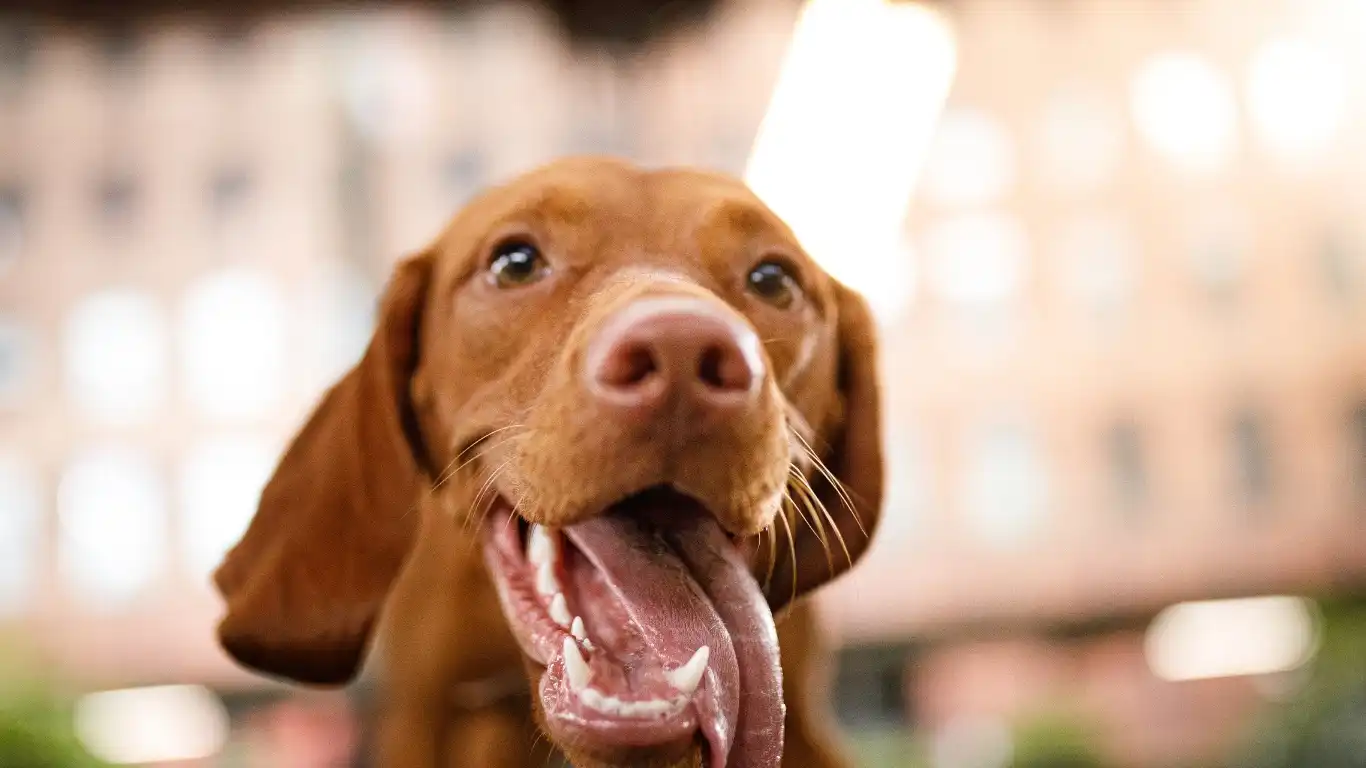
Make the Vet a Positive Place
One of the best things you can do is create a positive association with the vet. Here’s how:
- Take fun visits: Stop by the clinic just to say hello, get a treat from the staff, and leave—no needles involved!
- Use high-value treats: Reward your pup with their favorite snack whenever they remain calm.
- Practice handling at home: Get your dog comfortable with being touched on their paws, ears, and mouth to mimic a vet exam.
Exercise Before the Appointment
A tired dog is a relaxed dog! Take your pup for a long walk or have a play session before heading to the vet. Burning off excess energy can make them less prone to anxiety.
Choose the Right Timing
If possible, schedule appointments during less busy hours to avoid a crowded waiting area, which can add to your dog’s stress. Early morning or midday slots usually work best.
Use Calming Aids
There are plenty of natural options to help relax your pup before a visit:
- Pheromone sprays: Products like Adaptil mimic calming dog pheromones.
- Calming treats: Many contain ingredients like chamomile, L-theanine, or CBD.
- Thundershirts: These snug vests provide gentle, constant pressure, like a comforting hug.
Each dog is unique, so it may take some trial and error to find what works best for yours.
How to Handle Anxiety During the Vet Visit
Even with preparation, your dog may still feel nervous when you arrive. That’s okay! There are things you can do in the moment to help.
Stay Calm and Confident
Dogs pick up on our emotions. If you’re anxious, they’ll sense it. Take deep breaths and use a calm, reassuring voice to let your dog know everything is okay.
Bring a Comfort Item
Does your dog have a favorite blanket or toy? Bringing something familiar can provide a sense of security.
Reward Good Behavior
Keep treats handy and reward your pup for any calm behavior, no matter how small. If they sit quietly or let the vet examine them, give them a treat and praise.
Want to know more ways to ensure a smooth vet visit? Stay tuned for even more helpful tips and tricks in the next section!
What to Do If Your Dog is Extremely Fearful
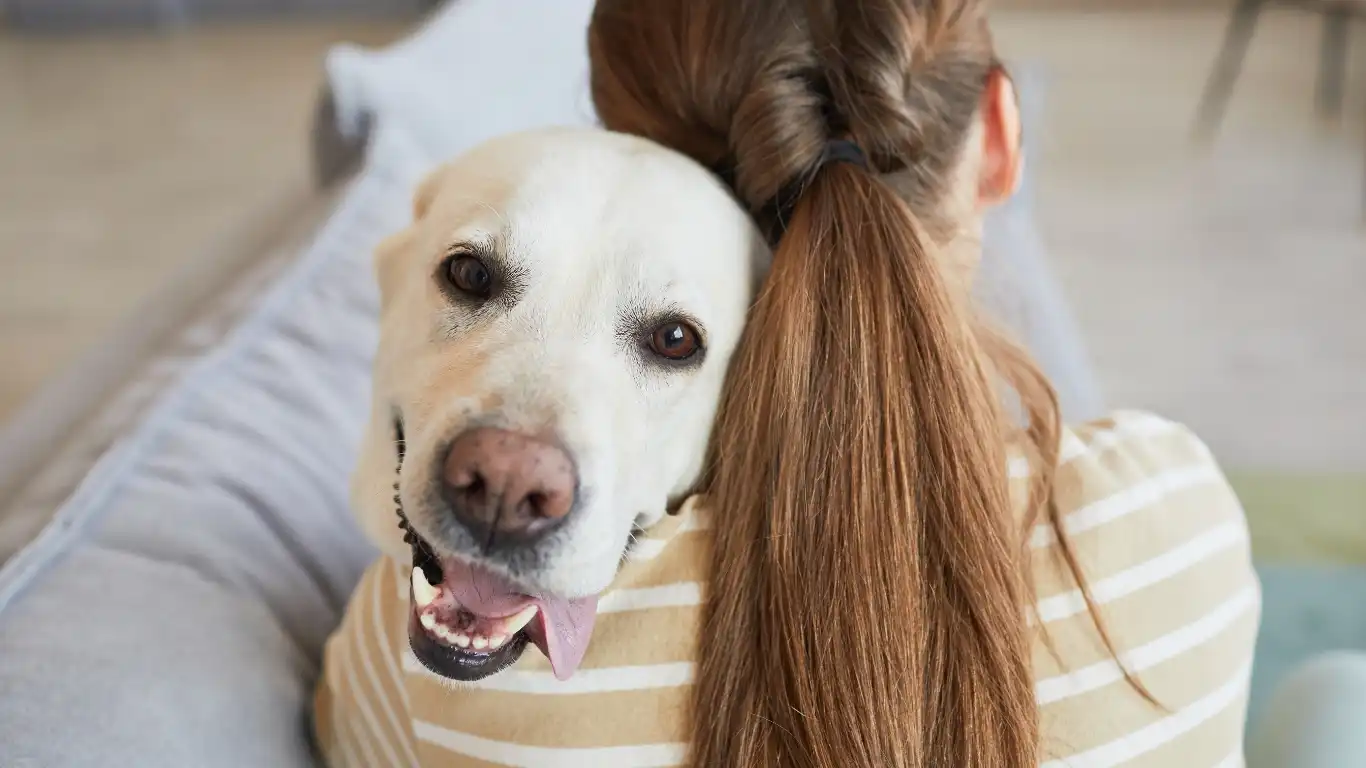
Some dogs have an extreme fear of vet visits, and no amount of treats or belly rubs seem to help. I’ve worked with pups who refused to leave the car, shook uncontrollably, or even showed signs of aggression due to sheer terror. If your dog falls into this category, don’t worry—there are still ways to help.
Talk to Your Vet About Anxiety Medications
For dogs with severe anxiety, sometimes natural calming aids just aren’t enough. Many vets recommend temporary anxiety medication to help ease stress during visits. These are not meant for daily use but can be a lifesaver for particularly fearful dogs. Some commonly prescribed options include:
- Trazodone: Helps with situational anxiety and sedation.
- Gabapentin: Often used for pain relief but has calming properties.
- Alprazolam (Xanax): A short-term anti-anxiety medication.
If you think medication might help, talk to your vet well in advance. The right dosage and timing are crucial for effectiveness.
Consider a Mobile Vet
Some dogs get anxious the moment they step into a vet clinic. If that sounds like your pup, a mobile veterinarian might be the perfect solution. Mobile vets conduct exams in the comfort of your home, eliminating the stress of car rides, waiting rooms, and unfamiliar environments. I’ve seen incredible transformations in dogs who previously struggled with traditional vet visits!
Desensitization Training
For long-term improvement, desensitization training can work wonders. This involves slowly introducing your dog to the vet experience in small, stress-free steps. Here’s how you can do it:
- Visit the vet without an appointment: Take your dog inside, let them sniff around, get some treats from the staff, and then leave.
- Practice car rides: If car rides trigger anxiety, take short, fun trips without going to the vet.
- Simulate vet exams at home: Gently handle your dog’s paws, ears, and mouth to get them used to being touched.
- Gradually increase exposure: Each time, get a little closer to a full vet visit—step by step.
Patience is key! This process may take weeks or even months, but it can significantly reduce anxiety over time.
Choosing the Right Vet for an Anxious Dog
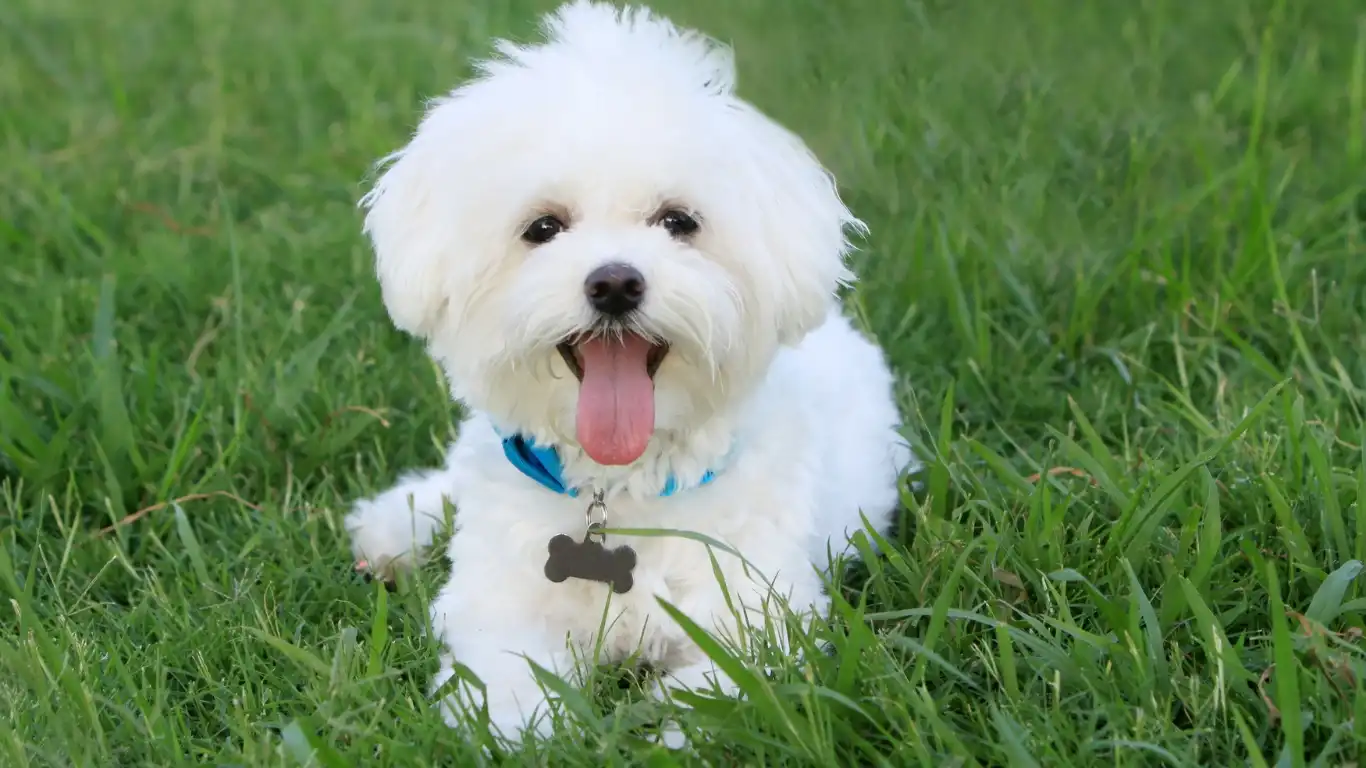
Not all vets handle anxious dogs the same way. Finding a vet who understands and takes extra precautions can make a huge difference. Here are some things to look for:
Fear-Free Certified Veterinarians
Did you know there are Fear-Free Certified veterinarians? These vets receive specialized training to minimize stress in pets. They use gentle handling techniques, distraction methods, and even pheromone diffusers to create a calming environment.
To find a fear-free vet near you, check out Fear Free Pets.
Calm and Patient Staff
Some clinics have staff who truly understand anxious dogs. They move slowly, avoid forceful handling, and give plenty of breaks. If your current vet seems rushed or dismissive about your dog’s anxiety, it may be time to switch.
Private or Separate Waiting Areas
A busy waiting room with barking dogs and curious cats can overwhelm an anxious pup. Some clinics offer:
- Separate entrances for dogs and cats.
- Private waiting areas to reduce overstimulation.
- Direct-to-room appointments where you skip the waiting room altogether.
Ask your vet if they provide these options—it can make a world of difference.
Post-Vet Visit: Helping Your Dog Recover
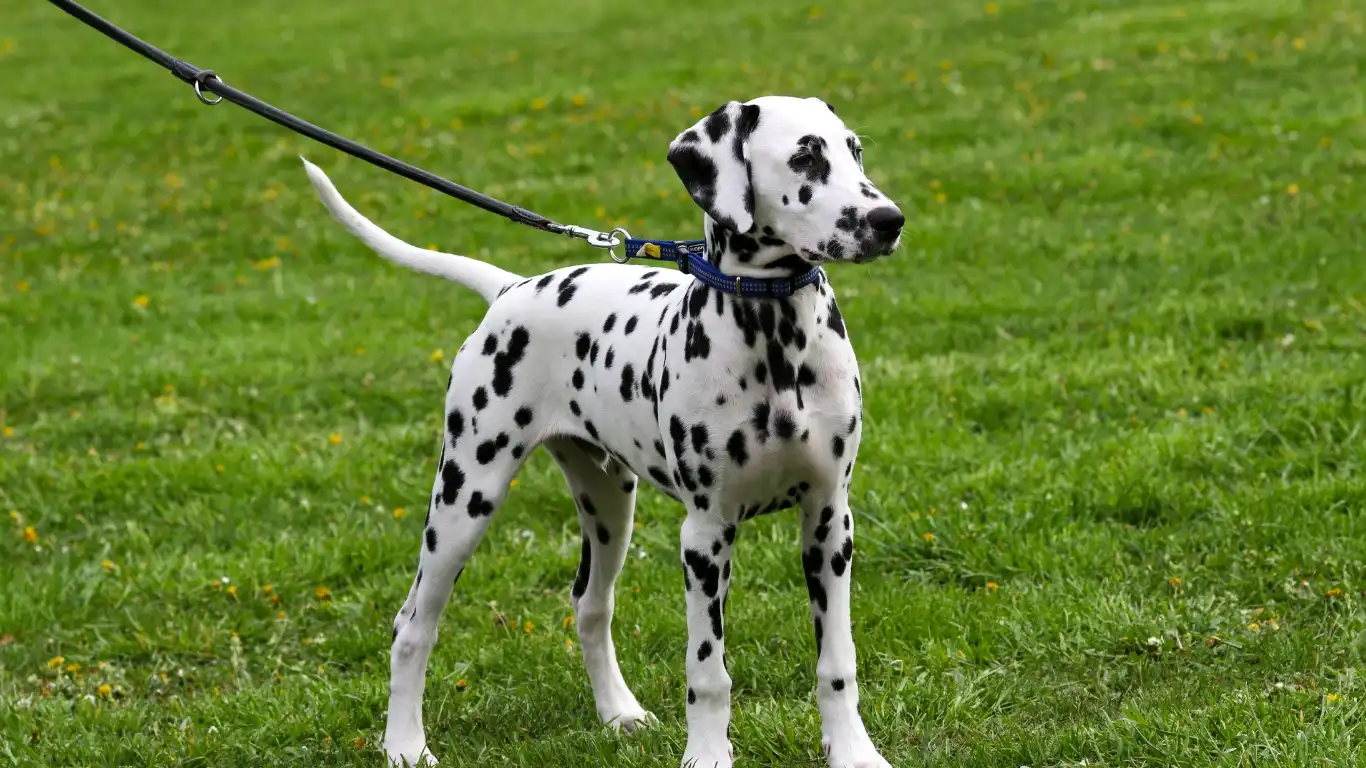
Once the vet visit is over, your job isn’t quite done! Some dogs take longer to decompress after a stressful experience. Here’s how you can help them recover:
Give Them a Reward
After a challenging vet visit, your dog deserves something special! Offer them their favorite treat, a fun play session, or a relaxing belly rub to reinforce positive associations.
Provide a Calm Environment
Some dogs come home feeling a bit shaken up. Let them rest in a quiet, familiar space without too much excitement. If they seem extra sleepy, don’t worry—it’s normal after an anxiety-filled day.
Monitor for Side Effects
If your dog received vaccinations or any treatments, keep an eye on them for any reactions. Mild symptoms like slight lethargy or a small lump at the injection site are normal, but if you notice anything unusual, call your vet.
Take Notes for Next Time
Every vet visit is a learning experience. Jot down what worked and what didn’t, so you can make the next visit even smoother. Did a certain treat work wonders? Did arriving early help? Keep track and adjust accordingly.
Vet visits don’t have to be a nightmare. With the right approach, patience, and a little creativity, you can help your furry friend feel safe and secure—even in the dreaded exam room. Stick around for more insights as we dive deeper into additional techniques for reducing vet visit stress.
Alternative Therapies for Calming an Anxious Dog
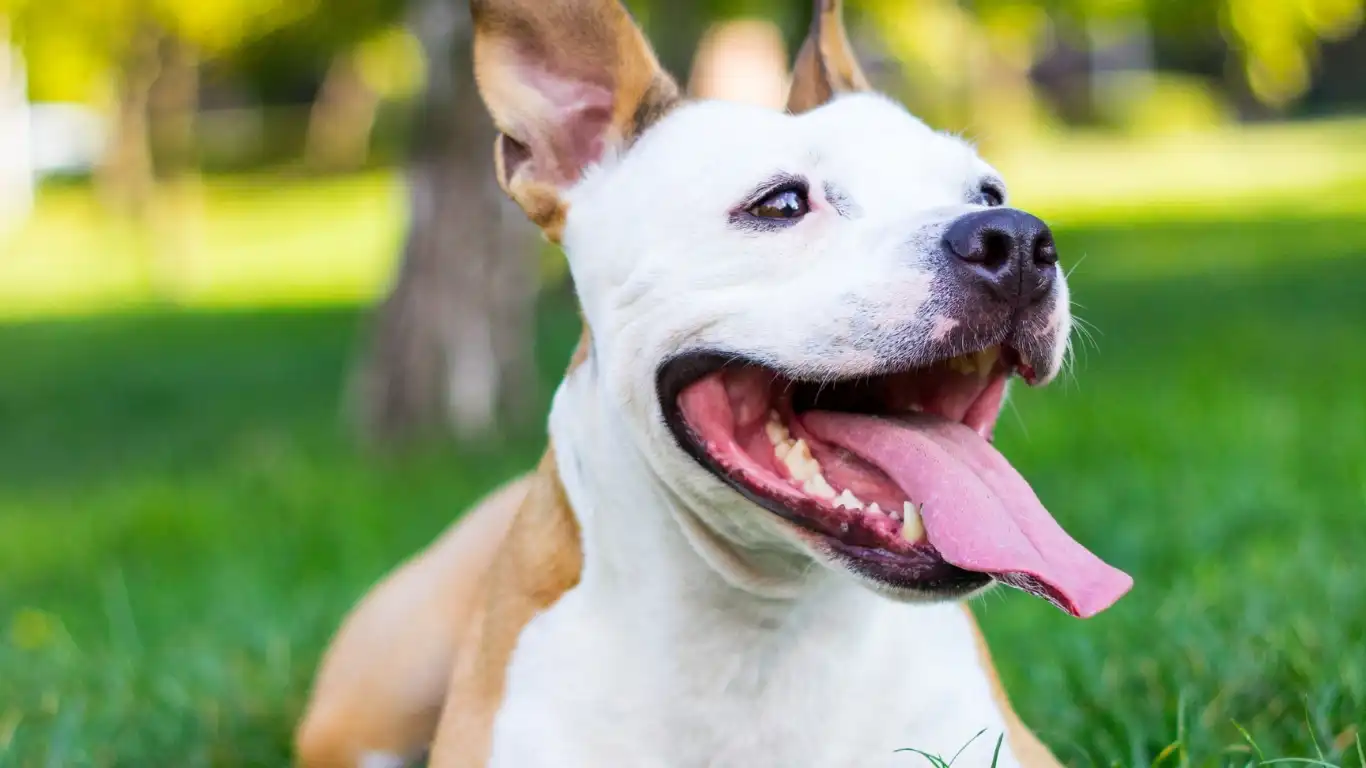
Sometimes, the usual tricks—treats, training, and reassurance—aren’t enough to fully calm an anxious dog during vet visits. In my years of working alongside veterinarians and pet parents, I’ve seen alternative therapies make a real difference. These holistic approaches can be used alongside traditional training methods to help your dog feel more at ease.
Canine Massage Therapy
Dogs, like humans, hold tension in their bodies when stressed. A gentle massage can work wonders in relaxing your pup before or after a vet visit. Focus on slow, circular motions around their shoulders, back, and chest. If you’re unsure where to start, check out resources from AKC on canine massage techniques.
Acupressure and Acupuncture
Yes, acupuncture for dogs is a thing! Some holistic veterinarians use acupuncture to help anxious dogs by targeting pressure points that promote relaxation. Acupressure is a less invasive alternative that pet parents can try at home with proper guidance. Organizations like IVC Journal offer insights into holistic treatments for pets.
Music and Sound Therapy
Ever noticed how soothing music helps humans relax? The same applies to dogs. There are playlists designed specifically for calming canine anxiety. Try playing classical music or nature sounds before and during the car ride to the vet. Some pet parents even swear by Through a Dog’s Ear, a scientifically designed sound therapy program for anxious dogs.
Understanding Your Dog’s Triggers and Long-Term Anxiety Management

Every dog is unique, and their anxiety triggers vary. Some dogs panic the moment they step into a vet clinic, while others only react once they’re on the exam table. Identifying your pup’s specific triggers is crucial for long-term anxiety management.
Common Triggers for Vet Anxiety
- Car rides: If your dog associates car rides with vet visits, try taking them on short, fun trips elsewhere.
- Smells and sounds: The sterile scent of a vet clinic, combined with barking or meowing from other anxious pets, can be overwhelming.
- Handling sensitivity: Some dogs dislike having their paws, ears, or mouths touched—making vet exams stressful.
- Past trauma: A previous bad experience at the vet can create lasting anxiety.
Gradual Desensitization for Long-Term Success
One of the best ways to reduce anxiety over time is through gradual desensitization. Here’s how:
- Start small: Simply take your dog to the clinic’s parking lot, give them a treat, and leave.
- Enter the building: Visit without an appointment, let them sniff around, and offer praise.
- Short practice exams: Ask a vet tech to handle your dog briefly in a non-threatening way.
- Slow exposure: Increase the length of visits gradually until your dog feels comfortable.
Consistency is key! Some dogs take weeks, while others need months of slow exposure to overcome their fear.
When to Seek Professional Help for Canine Anxiety
If you’ve tried everything and your dog’s anxiety remains severe, it may be time to consult a professional. A veterinary behaviorist or certified dog trainer specializing in fear-based behavior can develop a tailored plan for your pup.
Signs Your Dog May Need Professional Help
- Extreme panic (shaking, drooling, or trying to escape).
- Aggression towards the vet or clinic staff.
- Severe avoidance (refusing to enter the building).
- Self-harm behaviors (biting their own fur or tail).
For expert guidance, consider reaching out to the American College of Veterinary Behaviorists or the Certification Council for Professional Dog Trainers.
Final Thoughts
Helping a dog stay calm during vet visits takes time, patience, and the right approach. Whether it’s through training, positive reinforcement, alternative therapies, or even professional guidance, there’s a solution for every pup. The most important thing? Consistency and empathy. Our furry friends look to us for reassurance, and when we stay calm, they’re more likely to follow suit.
Disclaimer
The information in this article is based on my experience as a pet nutritionist and veterinary clinic expert. However, every dog is unique, and it’s always best to consult with your veterinarian before implementing new anxiety management techniques.
